Gilbert White stained glass, Selborne: The beautiful tribute to a pioneering naturalist
Gilbert White's home church contains a fascinating memorial to the writer.
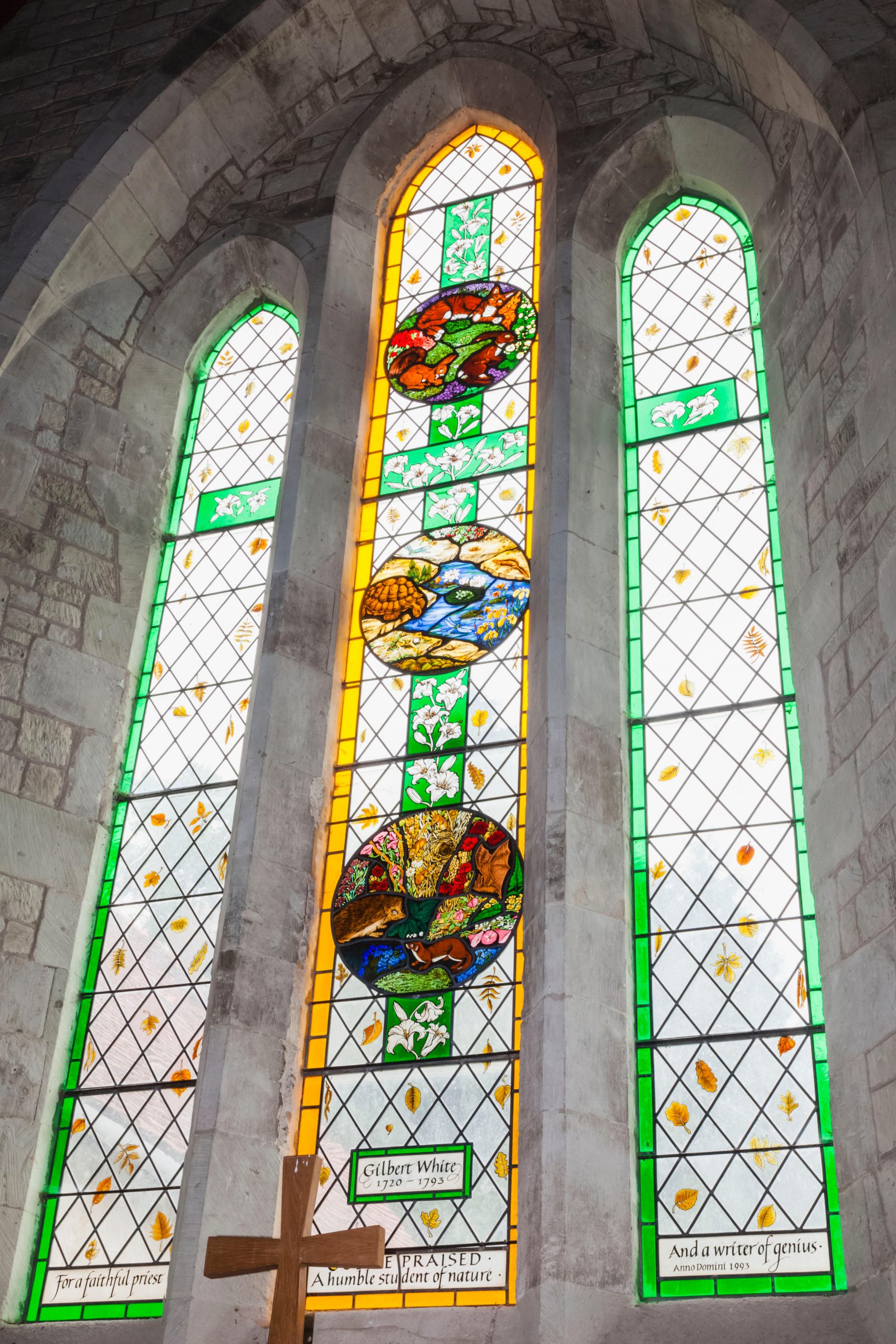

One can only admire the man who, at a time when fellow researchers preferred to dissect cold specimens, discovered the distinction between the chiffchaff, willow warbler and wood warbler through rapt attention to birdsong — Revd Gilbert White’s The Natural History of Selborne (1789) remains influential.
Its author is remembered in the Church of St Mary, where he was curate, by two glorious stained-glass windows. One, dating from 1920, shows St Francis preaching to birds, all of which are mentioned in White’s writings.
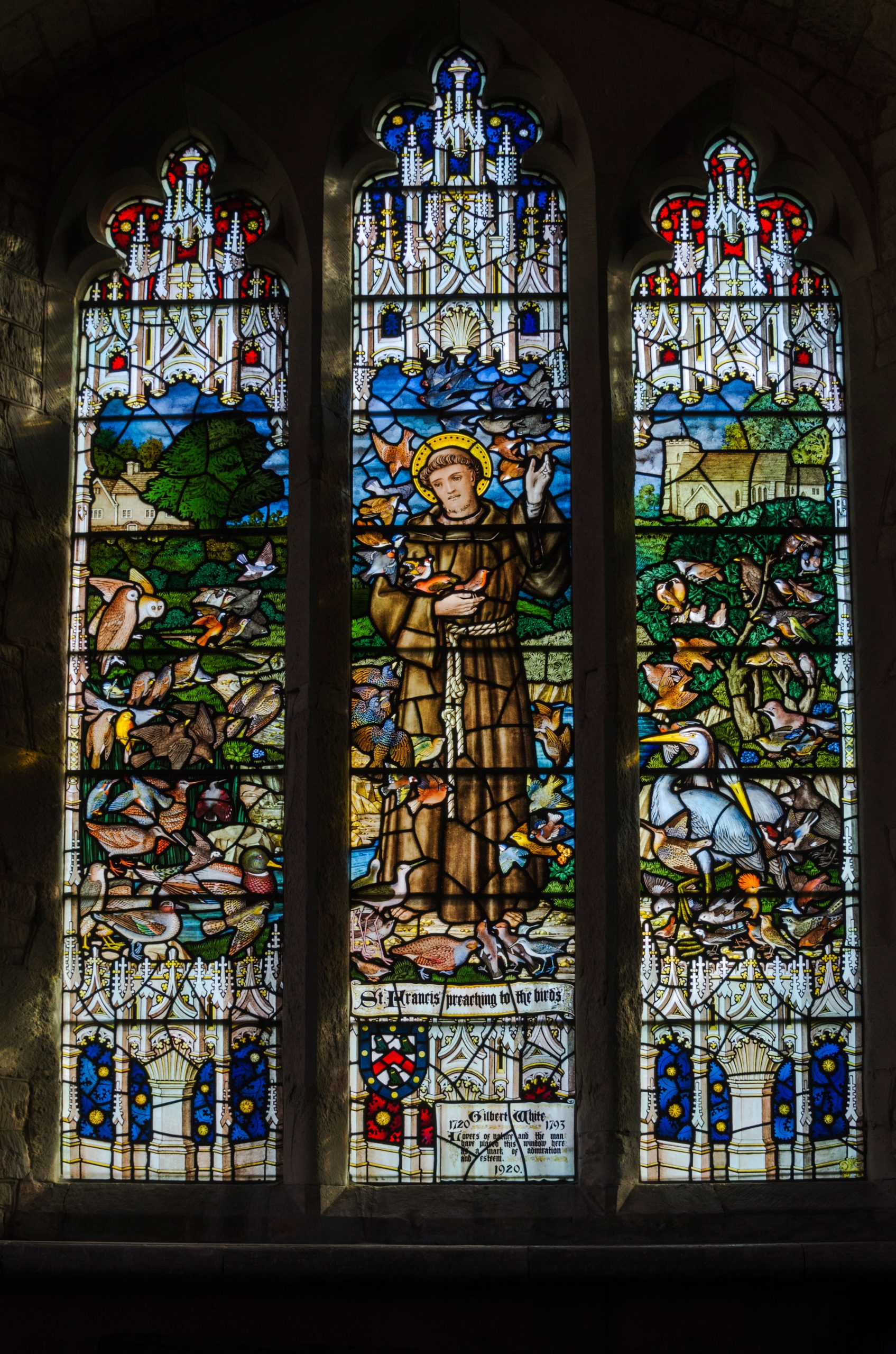
The other, installed in 1993 (and shown at the top of the page), is scattered with flora and fauna; look closely to spot his pet tortoise.
See more of Secret Britain
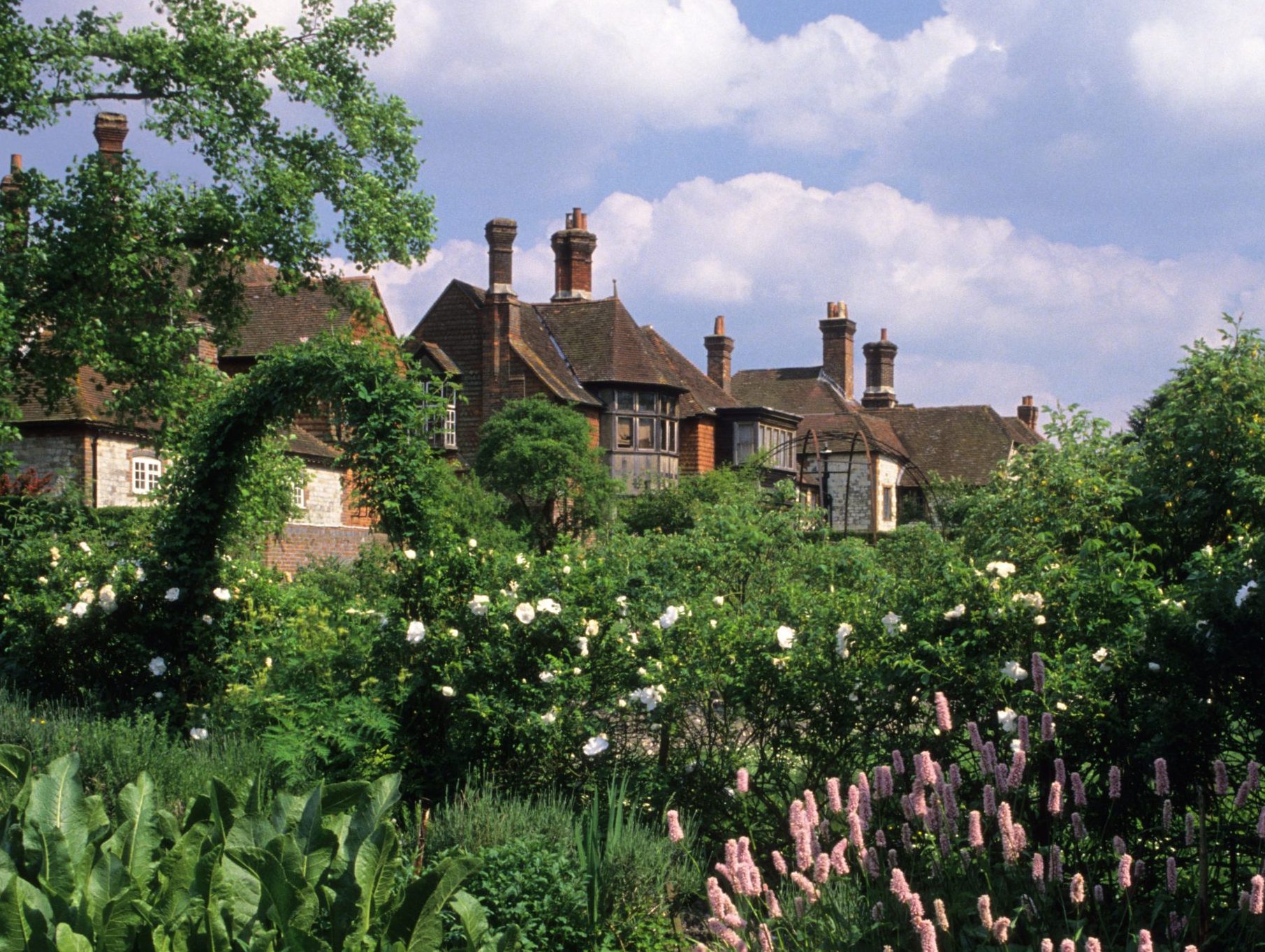
Gilbert White: The naturalist whose poetic but precise words changed how we see the world

Credit: Country Life
Terry Waite: 'I was captured myself. To be frank, I wasn’t surprised.'
On the 25th anniversary of his release, former hostage Terry Waite looks back on his work, his years in captivity,
Exquisite houses, the beauty of Nature, and how to get the most from your life, straight to your inbox.
Annunciata is director of contemporary art gallery TIN MAN ART and an award-winning journalist specialising in art, culture and property. Previously, she was Country Life’s News & Property Editor. Before that, she worked at The Sunday Times Travel Magazine, researched for a historical biographer and co-founded a literary, art and music festival in Oxfordshire. Lancashire-born, she lives in Hampshire with a husband, two daughters and a mischievous pug.
-
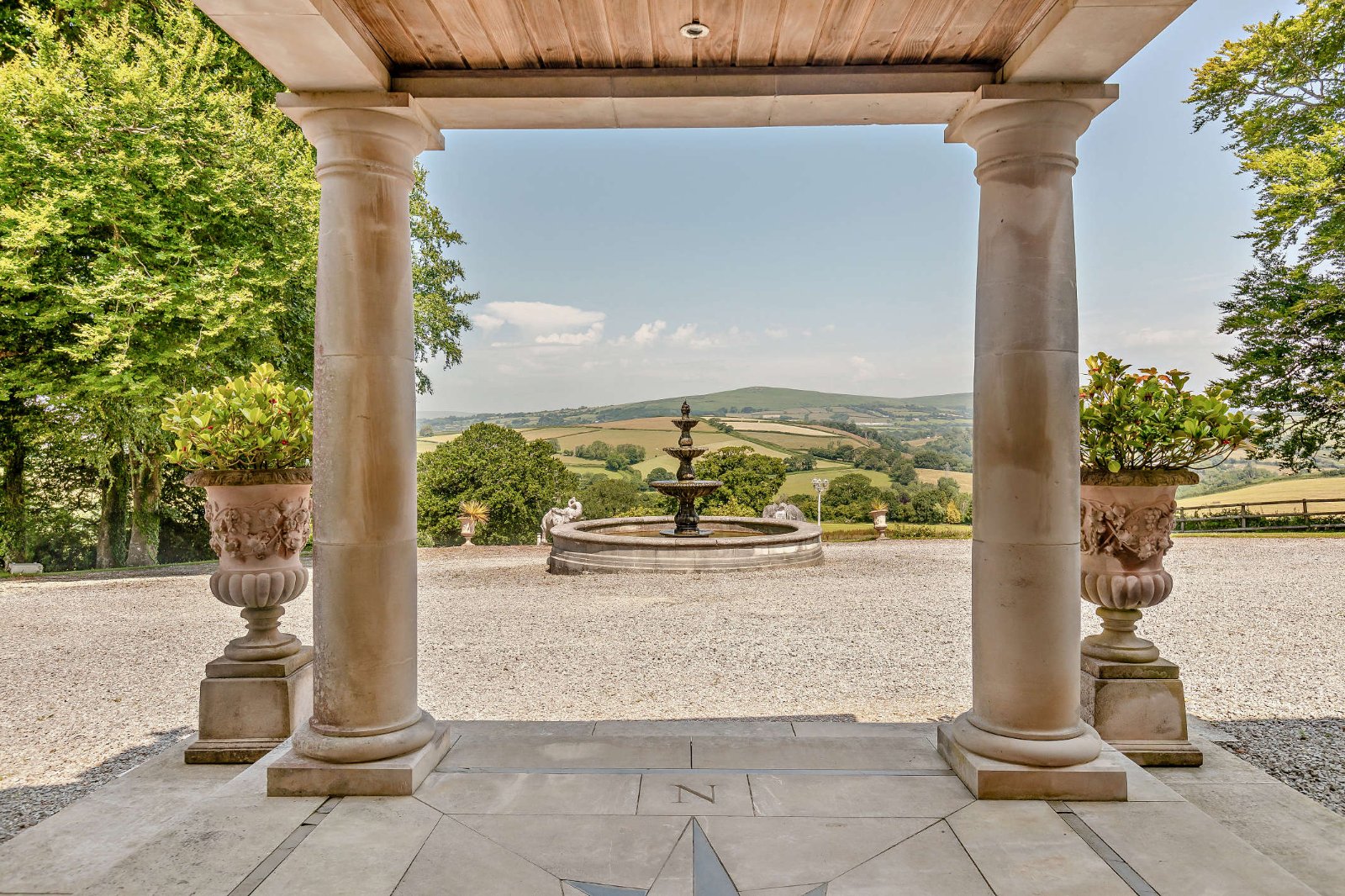 18 country houses across Britain, from £400,000 to £4 million, as seen in Country Life
18 country houses across Britain, from £400,000 to £4 million, as seen in Country LifeOur look at the homes to come to the market via Country Life this week picks out a charming Kent cottage and an Arts and Crafts house in Leicestershire.
-
 The greatest flowers make the greatest art
The greatest flowers make the greatest artA search for still-life subjects led Kate Friend to some of the greatest gardens and gardeners in the country
-
 St Patrick’s Chapel ruins, Heysham: The mythical Lancashire ruins with a heavenly view
St Patrick’s Chapel ruins, Heysham: The mythical Lancashire ruins with a heavenly viewAnnunciata Elwes takes a look at St Patrick’s Chapel ruins, a Morecambe Bay landmark.
-
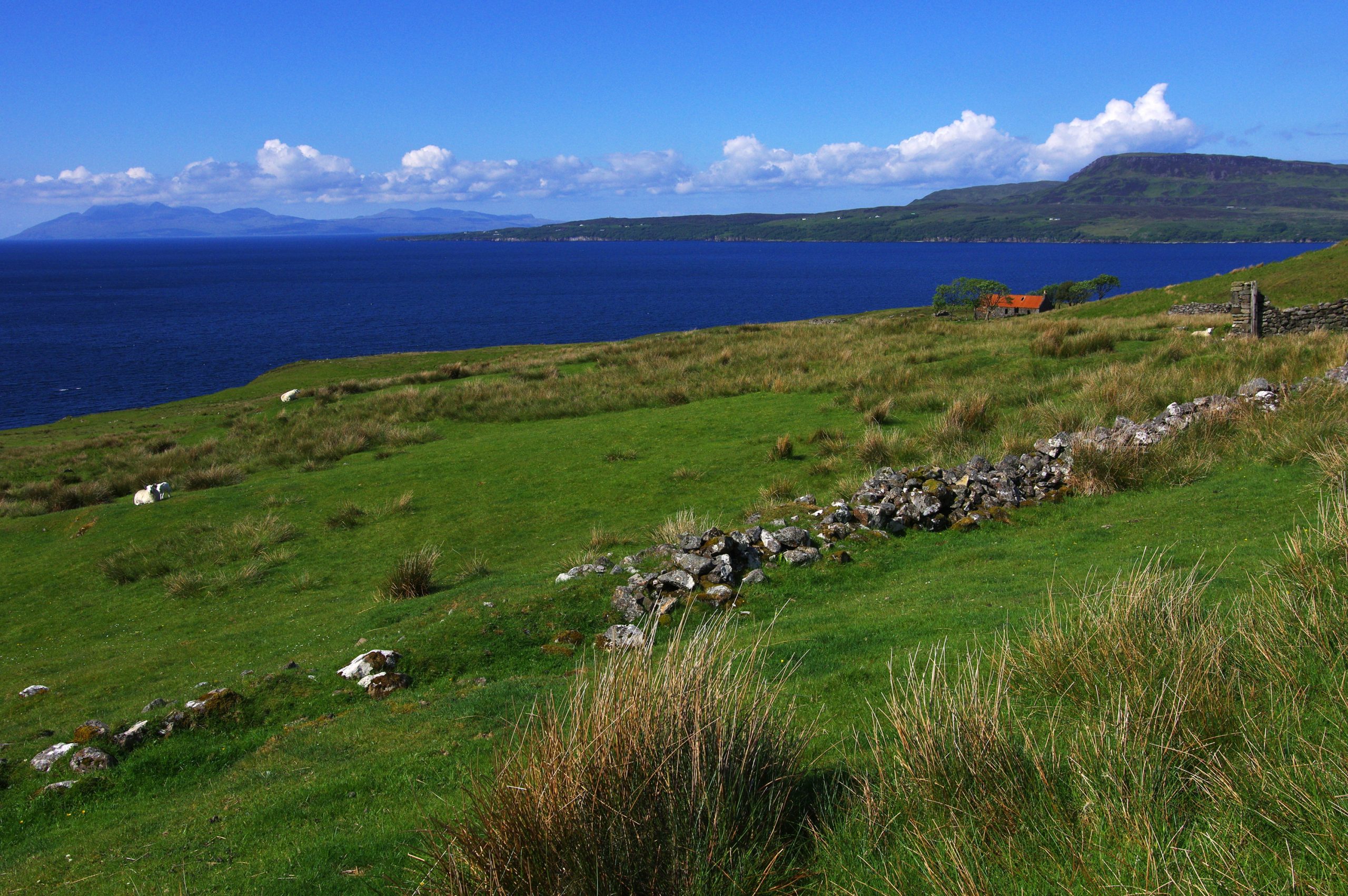 Suisnish, Isle of Skye: The atmospheric ruins of a Clearance village
Suisnish, Isle of Skye: The atmospheric ruins of a Clearance villageBeauty now reigns in a tragic spot where hundreds of villagers suffered during the Clearance
-
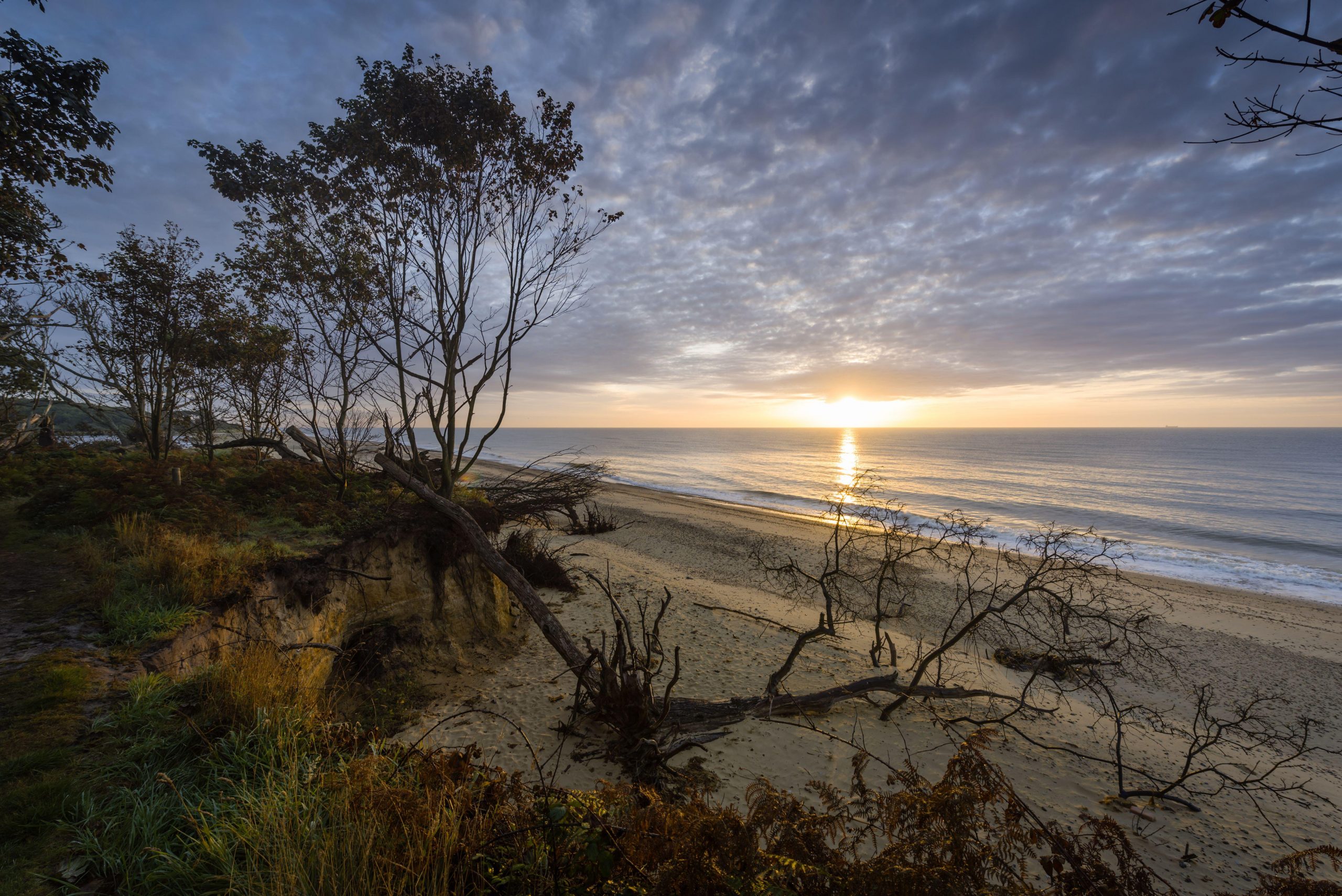 Covehithe beach, Suffolk, where the cliffs crumble like cake
Covehithe beach, Suffolk, where the cliffs crumble like cakeThe most eroded beach in Britain has a post-apocalyptic feel.
-
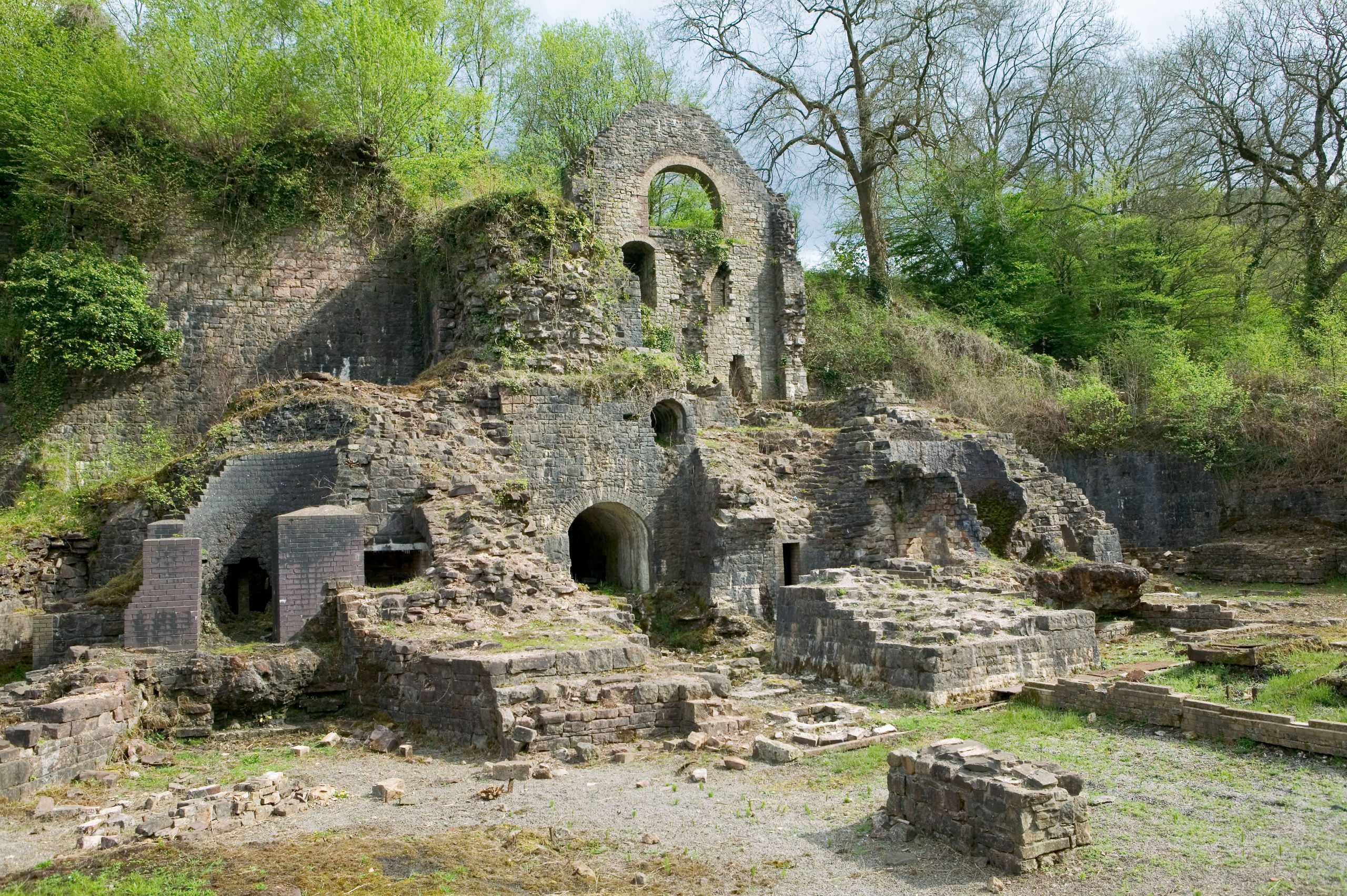 Clydach Ironworks, Monmouthshire: Ruins in the gorge that inspired Shakespeare
Clydach Ironworks, Monmouthshire: Ruins in the gorge that inspired ShakespeareAn oasis of quiet now stands where the steam hammers thudded at this Welsh ironworks, in a river valley that may have moved Shakespeare to write A Midsummer Night’s Dream.
-
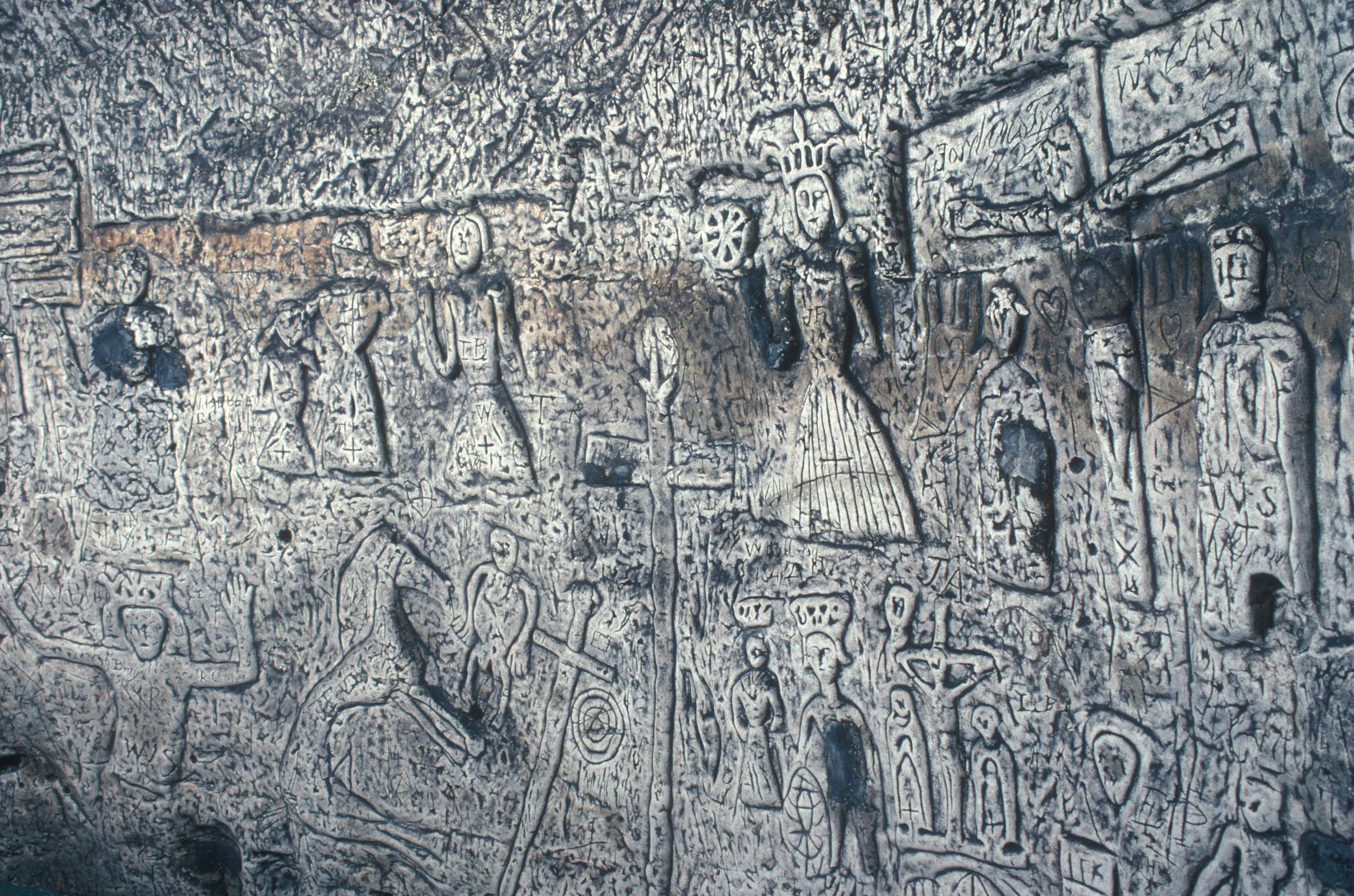 Royston Cave, Hertfordshire: A mysterious site full of sacred energy
Royston Cave, Hertfordshire: A mysterious site full of sacred energyOur Secret Britain series continues with a Hertofrdshire cave whose true nature remains unknown.
-
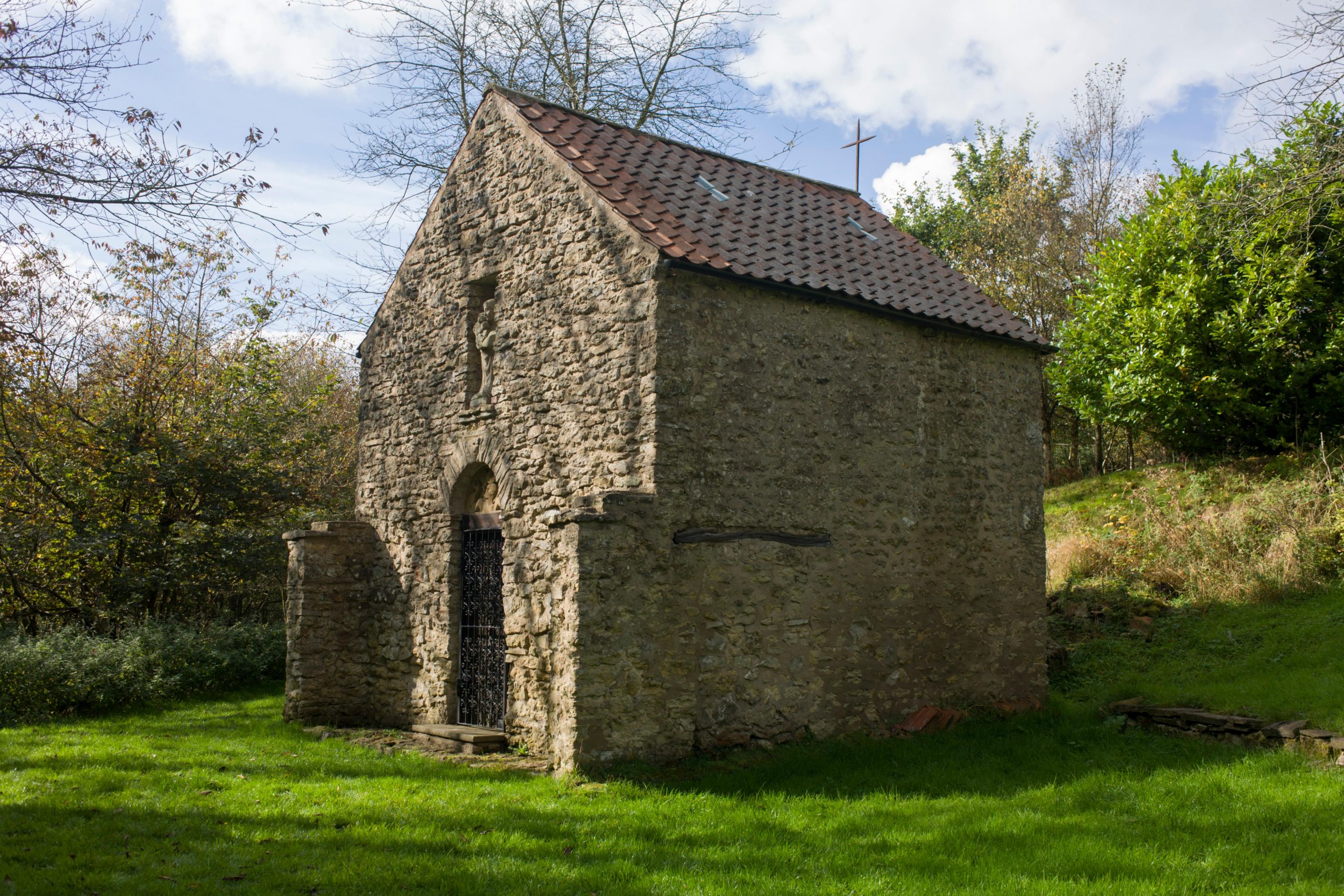 John Bunting War Memorial Chapel, Scotch Corner: The painstaking transformation of rubble to War Memorial
John Bunting War Memorial Chapel, Scotch Corner: The painstaking transformation of rubble to War MemorialAnnunciata Elwes celebrates the effort that turned a derelict house into a memorial.
-
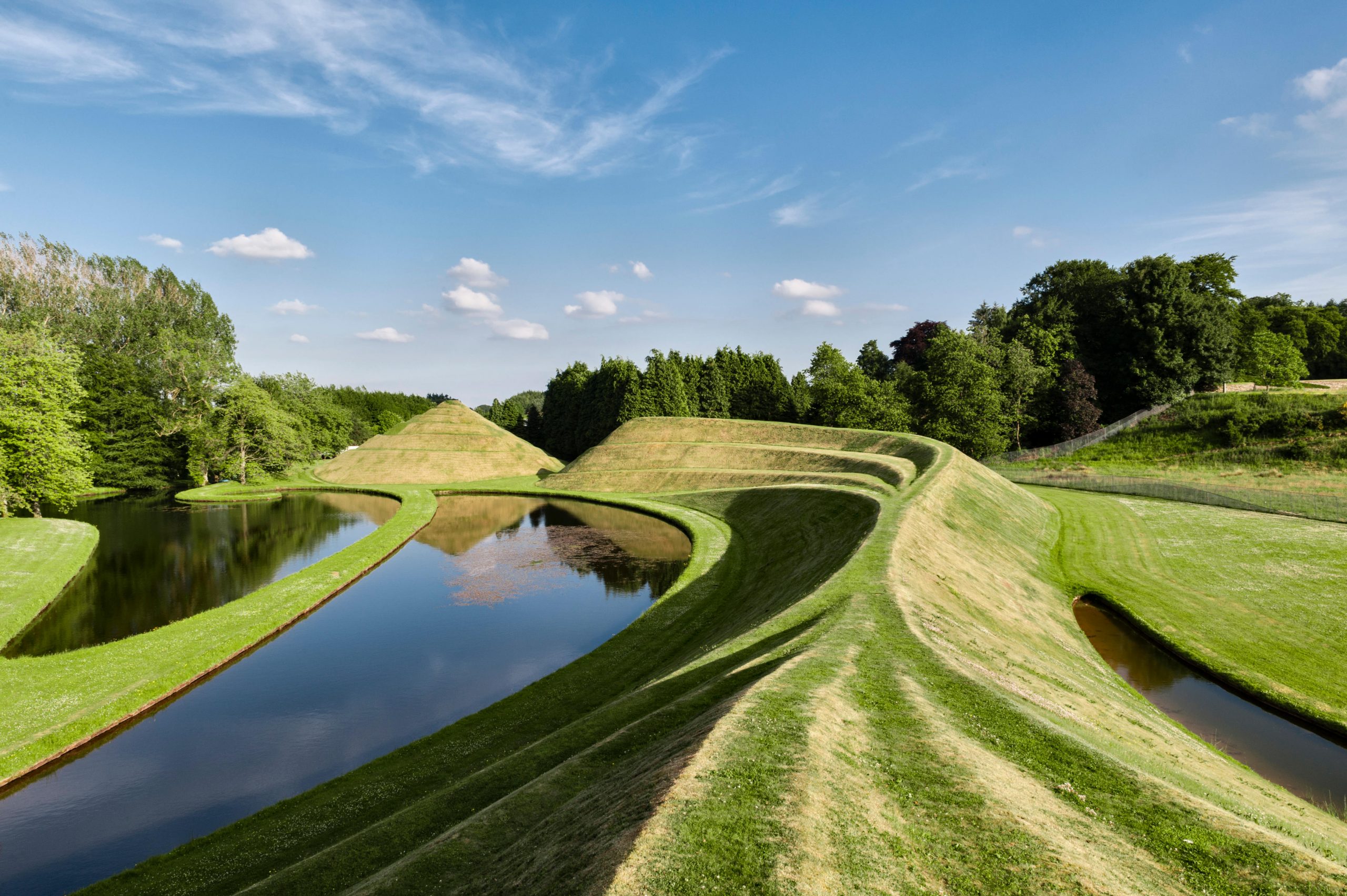 The Garden of Cosmic Speculation: The surreal space where Lewis Carroll and Willy Wonka meet Capability Brown
The Garden of Cosmic Speculation: The surreal space where Lewis Carroll and Willy Wonka meet Capability BrownSurrealism, philosophy, nature and gardening come together at the Garden of Cosmic Speculation, as Annunciata Elwes explains.
-
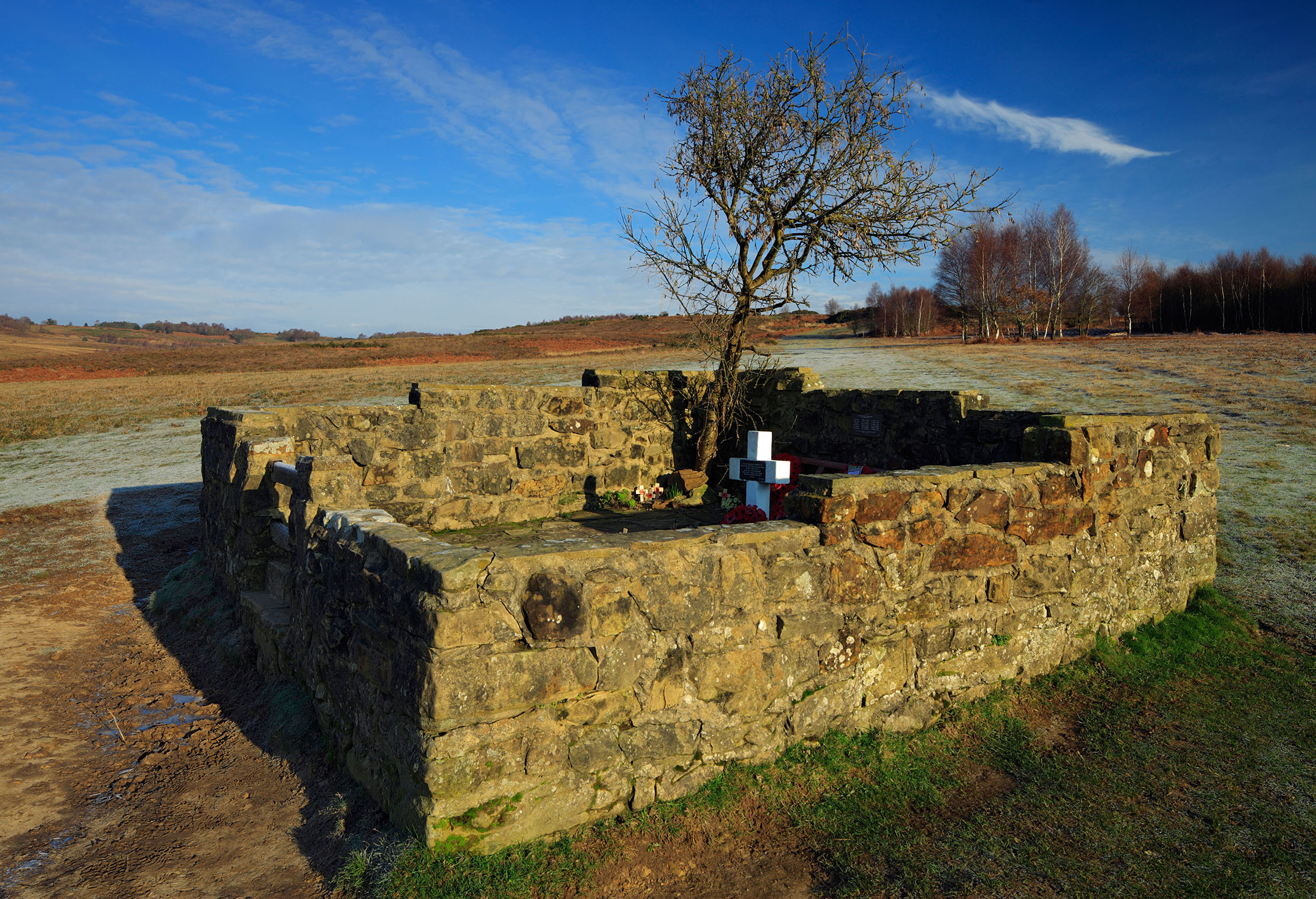 The Airman’s Grave, Ashdown Forest: A touching and little-known memorial to victims of war and fate
The Airman’s Grave, Ashdown Forest: A touching and little-known memorial to victims of war and fateA wartime tragedy in East Sussex's Ashdown Forest is among our Secret Britain picks, as chosen by Annunciata Elwes.
